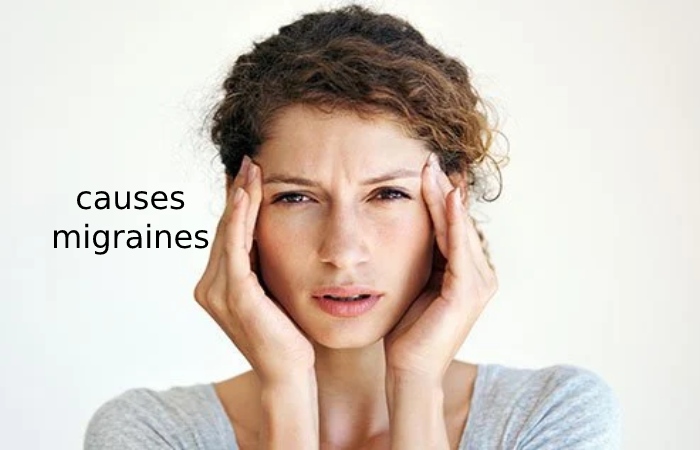Headaches remain a prevalent illness that most people will experience many times during their lives. The main indication of a headache is a pain in the head or face. It can be throbbing, constant, sharp, or dull. it can be treated with medicine, stress management, and also, biofeedback.
Table of Contents
How Common Are Headaches In Adults?
If you have a headache, you are not alone. Headache is one of the maximum everyday pain situations in the world. Up to 75% of adults universal have had a headache in the last year.
Headaches are one of the leading causes of absenteeism from work and school. Assis Affect la vie sociable et familiar. For some people, repeatedly battling it can lead to anxiety and depression.
What Are The Types Of Headaches?
There remain more than 150 kinds of. It falls into two main categories: primary and secondary headaches.
Primary Headaches
Primary headaches are those that are not due to another medical condition. Die Kategorie umfasst:
- Cluster .
- Migraine
- New persistent daily (NDPH).
- Tension Headache
Secondary Headaches
Secondary are connected to another medical condition, such as:
- The disease of the blood vessels in the brain.
- Head injury.
- High blood pressure (Hypertonia).
- Infection
- Excessive use of medications.
- Sinus congestion.
Symptoms And Causes
Hereditary Headaches?
It tend to run in families, particularly migraines. This is because children who have migraines usually have at least one parent who also has them. Children whose parents have migraines are up to four times more likely to develop them.
Headaches can also be triggered by shared environmental factors in a family’s home, such as:
- Eating certain foods or ingredients, such as caffeine, alcohol, fermented foods, chocolate and Fromage.
- Exposure to allergens.
- Secondhand smoke.
- Strong odors from household chemicals or perfumes.
What Causes Headaches?
Headache results from signals interacting between the brain, blood vessels and also, surrounding nerves. An unknown device activates specific nerves that affect muscles and blood vessels during it. These nerves direct pain signals to the brain.
What causes migraines?

Migraines are not fully understood. But researchers believe that migraines occur when unstable nerve cells overreact to various factors (triggers). The nerve cells send impulses to the blood vessels and also, cause chemical changes in the brain. The result is disabling pain.
What Triggers Headaches And Migraines?
Mutual triggers for tension or migraines include:
- alcohol consumption
- Changes in eating or sleeping shapes.
- Depression
- Emotional stress is connected to family and friends, work, or school.
- Excessive use of medications.
- Eye, neck, or back strain is caused by poor posture.
- They are turning on.
- Noise
- Weather changes.
Symptoms of Headaches
Headache symptoms vary depending on the kind of headache you have.
Tension Headaches
Tension headaches are the most common type of headache. It tend to be:
- Consistent without throbbing.
- Mild to moderate.
- On both sides of the head (bilateral).
- Response to over the counteraction.
- Poorer during routine activities (such as bending over or climbing stairs).
Migraine
Migraines are the second most mutual type of primary headaches. Symptoms of migraines include:
- Moderate to severe pain.
- Nausea or vomiting.
- Pounding or throbbing pain.
- Pain that lasts from four hours to three days.
- Sensitivity to light, noise or smells.
- Upset stomach or intestinal discomfort.
Cluster Headaches
Cluster headaches remain the most severe type of primary headache. It come in groups or it usually in the spring or fall. They occur from one to eight times per day during a cluster period, lasting from two weeks to three months. May go away completely (into remission) for months or years, only to return later. The pain of a cluster headache is:
- Intense with a burning or stabbing sensation.
- It is located behind your eyes or in the ocular region without changing sides.
- It is throbbing or constant.

